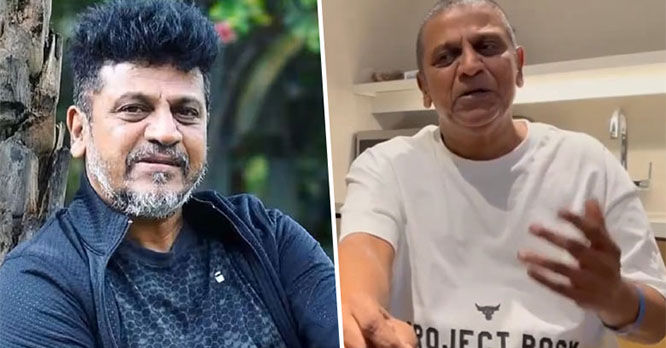
Mangalore, March 21: Dr. Shivarama Karantha Biological Park at Pilikula on the outskirts of the city is thinking of creating facilities for sparrow breeding, according to its director H.J. Bhandary.
Speaking to a national daily on “The World Sparrow Day” on Sunday with the theme “chirp for the sparrow! tweet for the sparrow!”, Mr. Bhandary said that change in the housing pattern was one of the reasons for sparrow population declining.
Earlier, house sparrows were easily breeding in thatched and tiled houses by building nests. Now concrete structures were replacing all such houses and other structures with tiles and thatched roofs taking away the nesting spots of sparrows.
Mr. Bhandary, who formerly served with the Forest Department as a Deputy Conservator of Forests, said that earlier people at tiled and thatched houses allowed them to continue to live with them. With the attitude of people changing in recent times, people did not allow them to build nests in concrete structures.
He said that he believed that change in agriculture pattern in the coastal belt with area under paddy shrinking and increased use of pesticides had affected their population.
He said that he did not agree that population of sparrows hadcompletely wiped out in the coastal belt. “I recently spotted some of them at Mannagudda in Mangalore and Hiriyadkka in Udupi district,” he said.
N.A. Madhyastha, member, Karnataka State Wildlife Board, said that electro magnetic radiation emanated from towers of mobile phones affected sparrows. Quoting a study, he said that about three crore sparrows had been estimated to have vanished in 10 years in London during 1990s. Their disappearance corresponded with the number of mobile phone towers erected during that period. He said that use of insecticides and change in the lifestyle of people who had moved to concrete structures had affected sparrows.






Comments
Add new comment